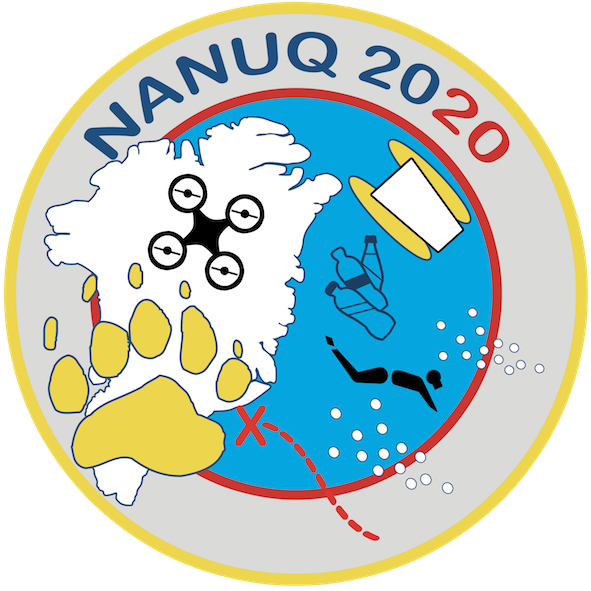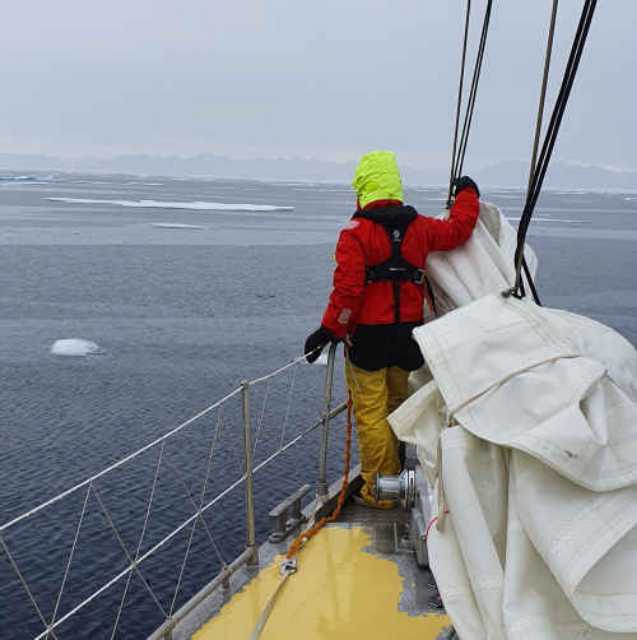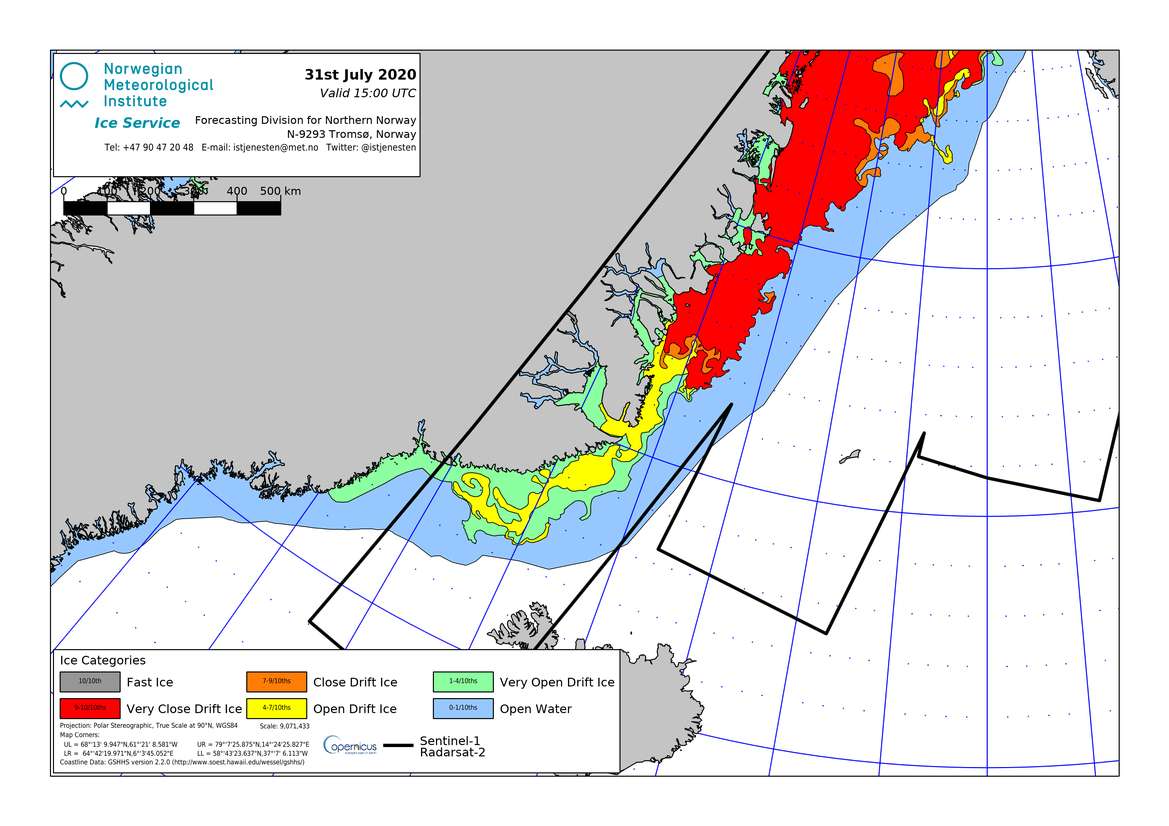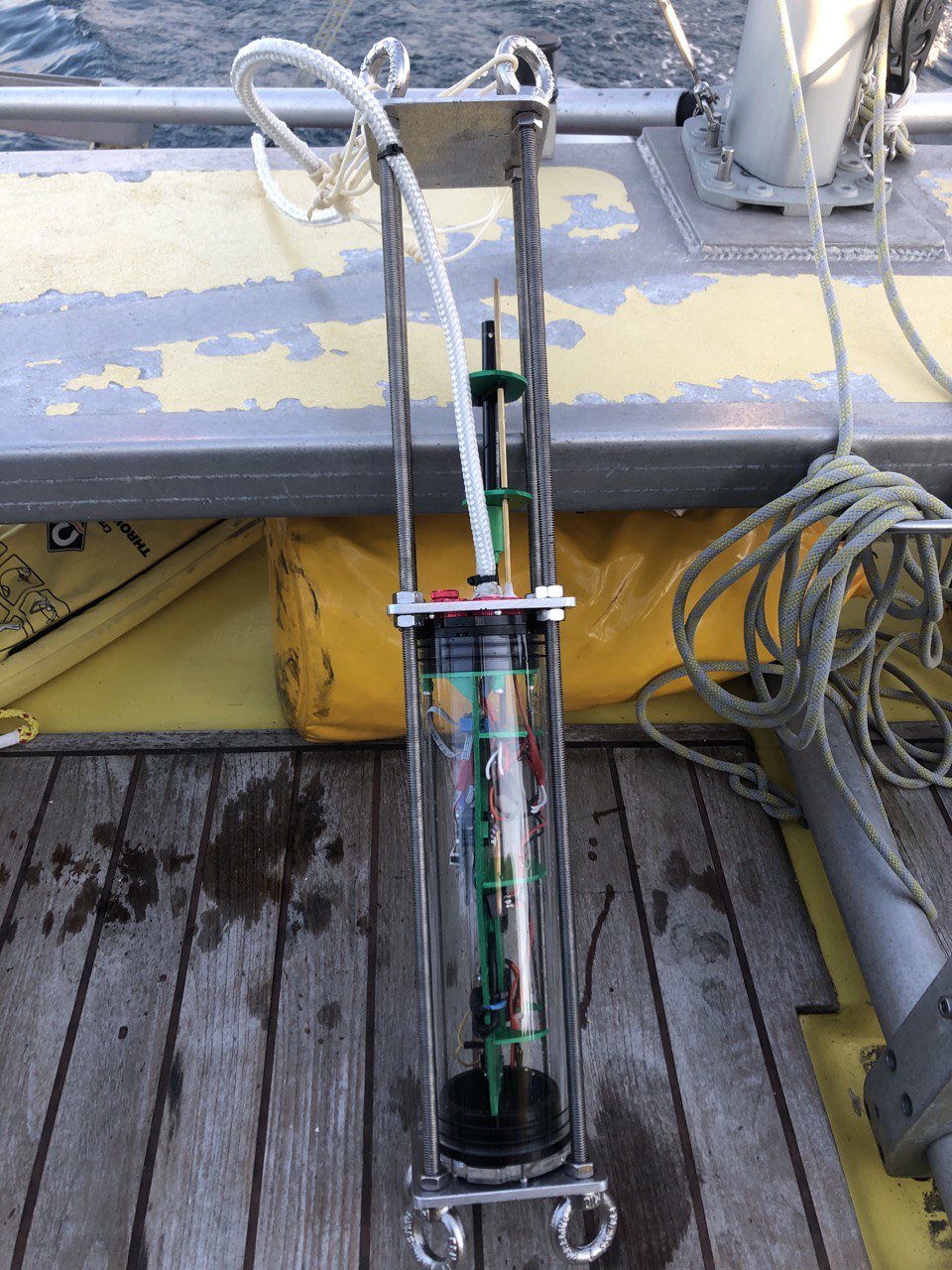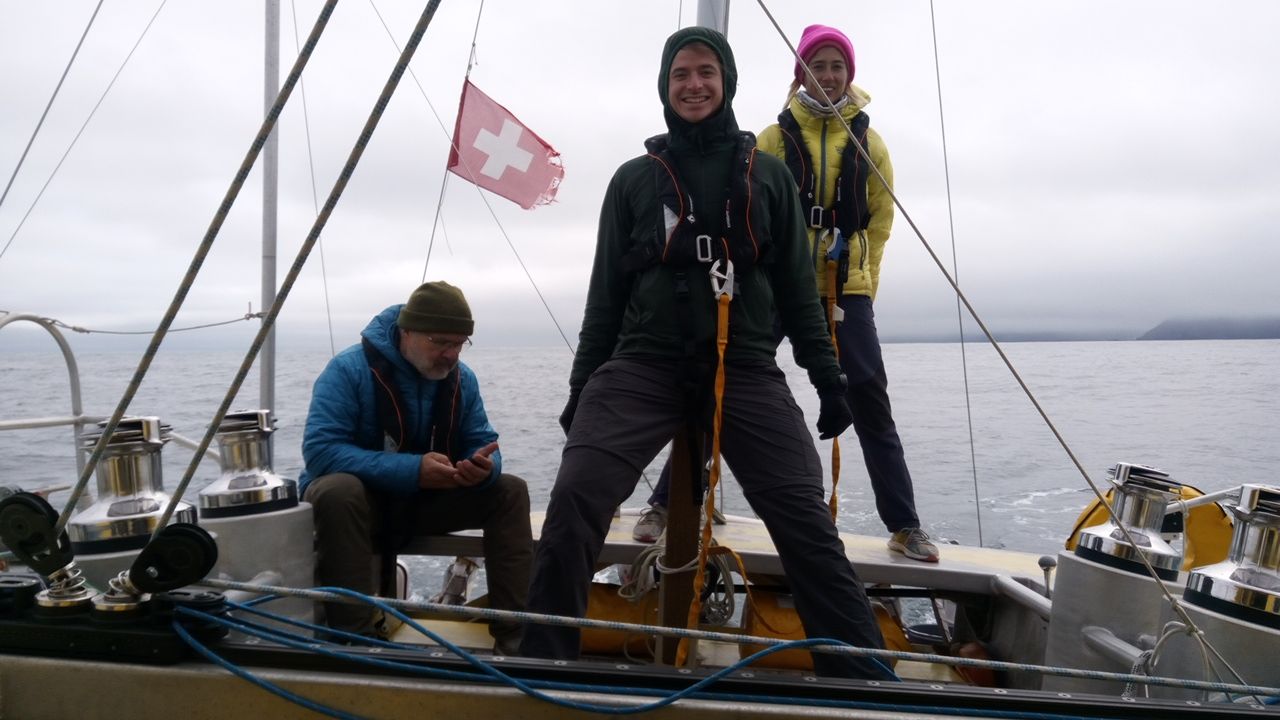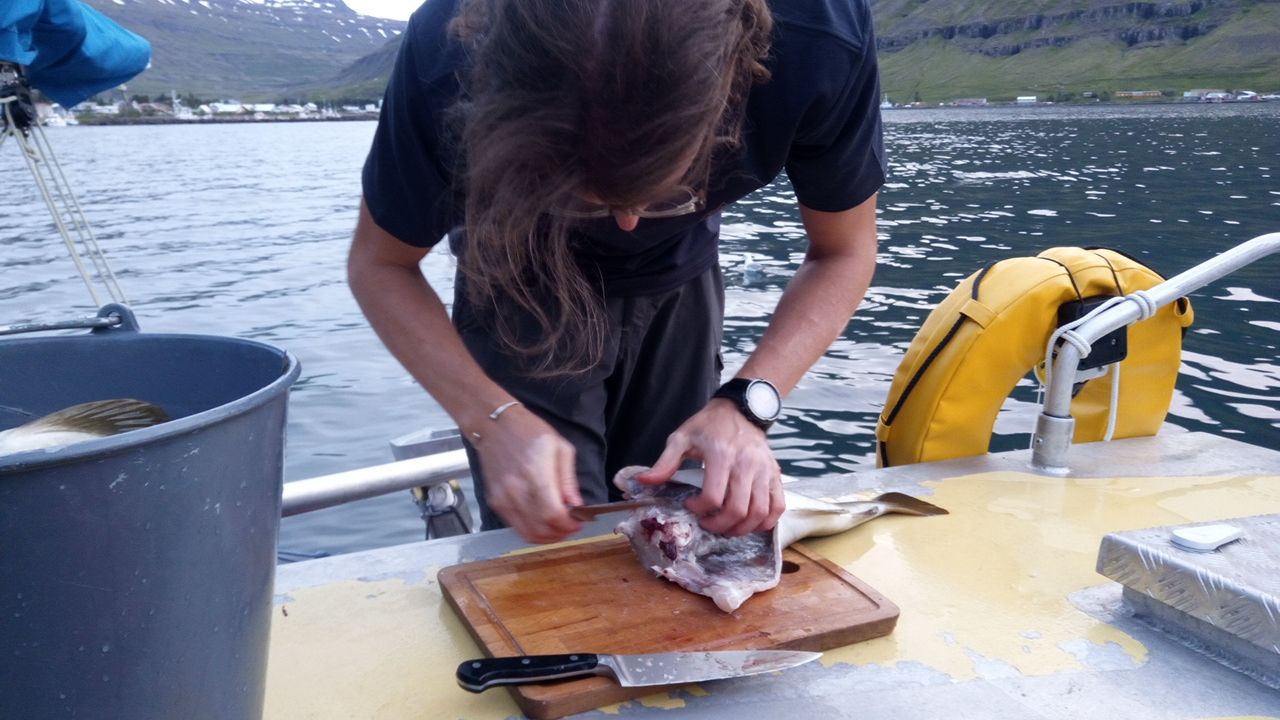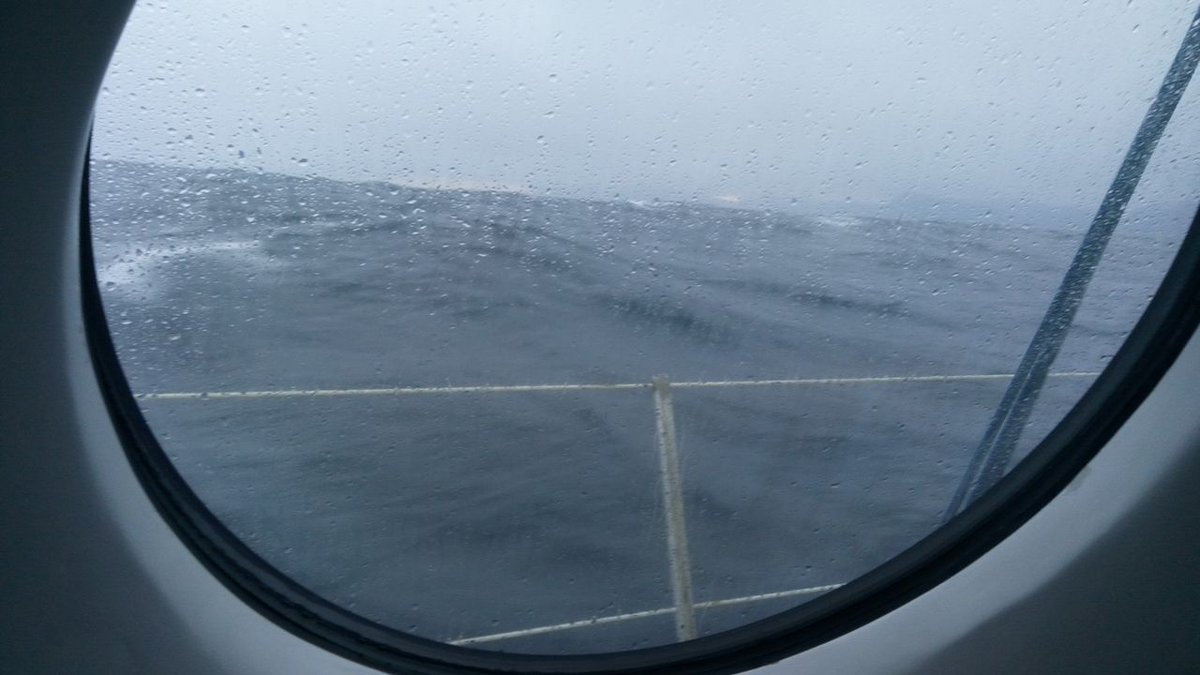AUG 5, 06.13 UTC – NANUQ2020 has successfully completed its first 3 days of activity in Greenland and should be moving today towards another research site. As observed locally by the crew and as charted by the Norwegian Meteorological Institute, ice formation in the area where the boat currently is, indicate a trend to higher ice density. Conditions, which had been between “very open drift ice” or “open drift ice” in the past 72 hours, have changed to the status of “close drift ice” and there is some degree of uncertainty about the trend of this phenomenon. Although research operations were conducted so far with no significant inconvenience, coastal navigation proved quite challenging and, particularly yesterday, the boat got repeatedly stuck in thick pack ice, requiring long stops. According to a series of messages sent yesterday via Iridium, Prof. Peter Gallinelli is considering to re-plan the sequence of activities and head towards alternative sites for data acquisition, among the quite many available.
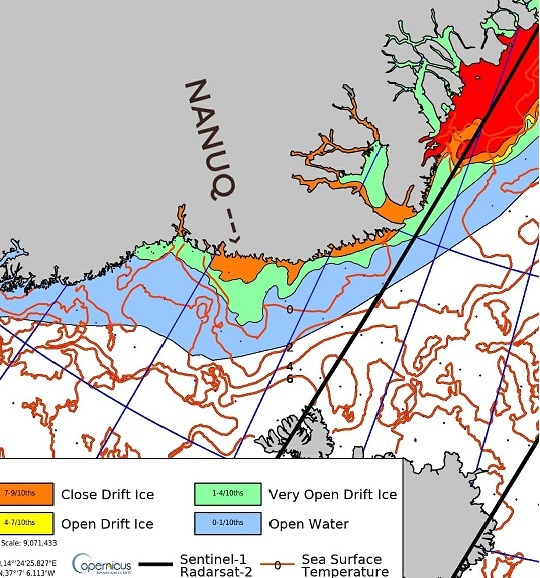 Map https://cryo.met.no/ edited by Polarquest.
Map https://cryo.met.no/ edited by Polarquest.
headline picture: Archive image by Polarquest (2018), image by Michael Struik.
